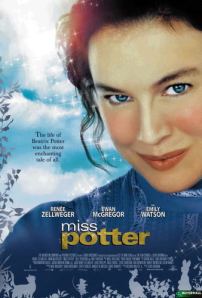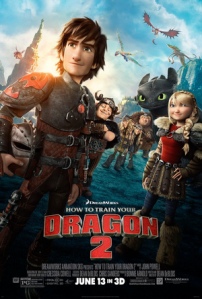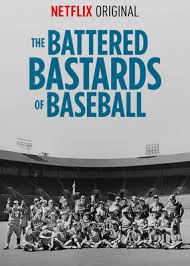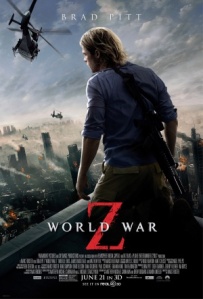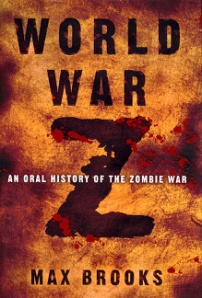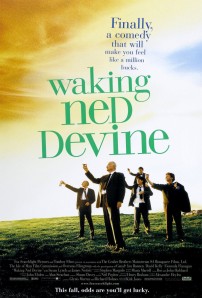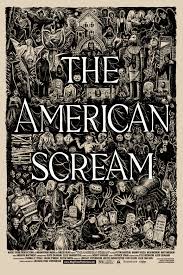There are two vitally important attributes that great artists in any form must have. First is an imagination, the tool to picture the art and all that it encompasses. The second is the ability and talent to tangibly produce it through a medium, be it words or watercolors. Beatrix Potter certainly had both of these, and more. The Victorian era children’s author, conservationist and biologist is most well known for the beautifully illustrated set of stories starring animals. Peter Rabbit, Peter Cottontail, Samuel Whiskers and Jemima Puddleduck are just a handful of the characters that she brought life to not only with words on a page but beautiful pictures that drove the imagination of the reader. Miss Potter takes on the difficult task of summing up the life and major events surrounding Beatrix Potter by showcasing her loves, losses and triumphs.
The primary focus of the film is set squarely on the imagination of its titular character. From the get-go we watch as a young Beatrix interacts with her drawings as though they were her friends. We listen as she creates stories out of nothing to tell to her younger brother before bed. What is not anticipated by her mother or father is that this desire to paint and create stories should become anything more than a hobby. However, Beatrix persists and manages to convince a publishing house to print the story of Peter Rabbit. The owners of the publishing house give the book to their youngest brother, Norman Warne (Ewan McGregor) to guide through the publishing process. They fully expect the book to fail, but had promised to allow him to help. As Beatrix and Norman take on what becomes a wildly successful franchise of books, the two fall in love and must navigate the difficulties associated with a stringent class system. While the last bit of the movie focuses on Beatrix’ natural conservation efforts, it never strays from the heart of what made Potter so well known, and that was her incredible imagination and ability to breath life into it.
Beatrix Potter is an absolutely fascinating individual. Just reading through the wikipedia page on her is entertaining and points out that, while ambitious, this movie didn’t give her story the justice it deserved. Now you can’t expect an entire autobiography out of a 92 minute movie, and I wouldn’t want something from this light and almost whimsical telling of her life. What I would have liked, however, was for her not to be made out to be absolutely insane. She treated her drawings and paintings as her friends in the film, something she didn’t do in real life. Fine, artistic license. The truly jarring bit was when she would argue with and talk to her drawings in front of people. Renee Zellweger did a fine job portraying Potter, despite being 20 years older than the character, but when given a script that has you arguing with inanimate paper while others are around does little to cause me to sympathise with her situation. The movie, without that would have been a better film. The characters were portrayed in a believable way and were, for the most part likeable. Ewan McGregor in particular did a fantastic job as Mr. Warne. The soundtrack was appropriate and the nostalgia for those familiar with Beatrix Potter is a major draw.
The movie could have been better with some simple omissions. The above mentioned weirdness of having your main character argue with drawings was the biggest problem. Other minor offenses were few and far between, but there was a tendency to bring up oppressive social themes of the time and kind of just drop them. Again, I wasn’t expecting a ton from a 92 minute movie, but some follow through would have been nice. For all it’s flaws, it was enjoyable. This movie saw very little time in theaters (if any) and I stumbled across it on Amazon Prime and gave it a shot. I was glad to have done so. As a family film it’s well rounded and will potentially introduce the uninitiated to one of the greatest children’s authors of all time.
